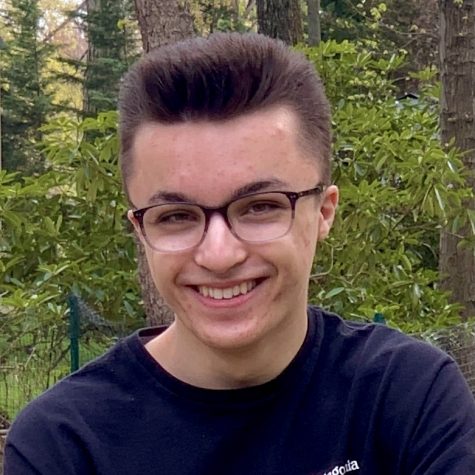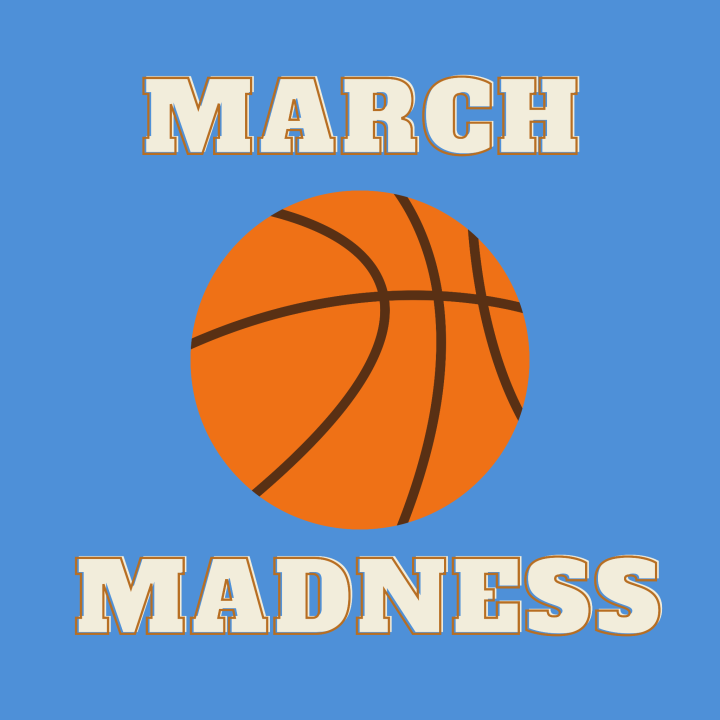The right moment to reconsider our mascots
The football scoreboard on Pascack Hills’ field. The top of the board reads “Home of the Cowboys.”
This school year, the Pascack Valley Regional High School District’s Board of Education established a district goal to “advance the work of inclusivity and equity throughout the district. Expand institutional awareness, establish stronger connections with marginalized groups, and engage students and regional partners.”
It is a lofty goal, but the district has proven its dedication to meeting it by hosting annual school climate surveys, having students write about their experiences with inclusivity during the “Week of Respect,” and partnering with regional organizations to provide teachers with implicit bias training.
Collectively, these efforts have not gone unnoticed by the school community.
“My English supervisor came in [to a GSA meeting] to talk about inclusivity,” freshman Jake Levin said.
In addition, while some were skeptical about the magnitude of their impact, students interviewed said they had noticed and participated in the climate surveys.
“I mean, everyone took the surveys,” junior Izzy Frangiosa opined, “but I don’t think the data is accurate, and a lot of the things on the survey don’t apply to us.”
No matter the data’s accuracy or the questions asked, the district’s sincere goal risks being overshadowed, or not taken seriously enough to be met. According to a non-scientific Trailblazer poll of Hills students, 35% of those surveyed still did not know the definition of equity. While comprehensive efforts are being undertaken to promote this value –– one of fairness and freedom from bias –– the mascots of Pascack Hills and Pascack Valley still have not changed. Sometimes the most complex problems find solutions in straightforward changes –– and the district can make a statement about its evolution by evolving the mascots it chooses to be represented by.
For this weeks in-depth poll, we want to know:
Do you know what the definition of equity is?
— The Trailblazer (@PHTrailblazer) February 5, 2020
If Pascack Hills and Pascack Valley continue to call themselves the Cowboys and the Indians, the district risks missing out on an opportunity to make clear its commitment to pursuing inclusivity and equity. The Cowboy goes against inclusivity not because that’s what the Hills student body goes against –– support staff, like Mr. Marini, insist that “we can simply introduce the boys as the Cowboys and the girls as the Cowgirls” –– but the name itself is an inherent reference to male, horse-riding and gun-slinging Wild Westerners. It has almost become paradoxical to the district’s mission statement, as the word “cowboy” embodies so many of the stereotypes it rightfully wishes to confront.
Similarly, the Indian is anti-equity not because Valley students are against fairness of opportunity, but because it is a term that racists of the past have adorned in stereotypes to prevent Native Americans from the freedom and prosperity that inherently belonged to them.
“The Valley one is just a racial caricature,” junior Olli Djedji said. “It’s not that [they’re] the Native Americans, it’s that [they’re] the Indians.”
The two mascots, the Cowboy and the Indian, are intended to complement each other, as the myth of the Cowboy versus the Indian is one engraved in American culture. One mascot cannot be changed and should not be changed without changing the other; symbolically, logistically, and optically, it makes more sense to change them both.
So what should they be changed to?
This is a question that merits input from the entire district community –– students, teachers, parents, and administrators. While debating over such a thing may seem trivial to the naked eye, mascots go beyond branding on athletic uniforms, painting on school walls, and logos on varsity jackets. From animal names to royal titles to nouns with special significance to a community, mascots are meaningful in how they define the culture and climate of any organization, not just schools.
If the district wants to stress a unified vision, it makes sense for the Hills and Valley mascots to complement each other. They can maintain their wild-Western-ness, or they can emulate something completely different. The most important part, however, when preparing for the arduous process of revamping the crux of a school’s identity, is to let everyone have a part in it. After all, every person who calls the school their second home deserves a say in how they want to be represented.

Jared Mitovich joined the Trailblazer his freshman year as a staff writer. He has helped manage the Trailblazer's social media since his sophomore year, and in his junior year he edited the Opinion section. Now in his final year of high school, Mitovich is looking forward to working with Mackenzie Blowers as Editor-in-Chief along with the entire Trailblazer staff. You can follow him on Twitter at @jmitovich!
Fun fact: Mitovich once met a presidential candidate.












































